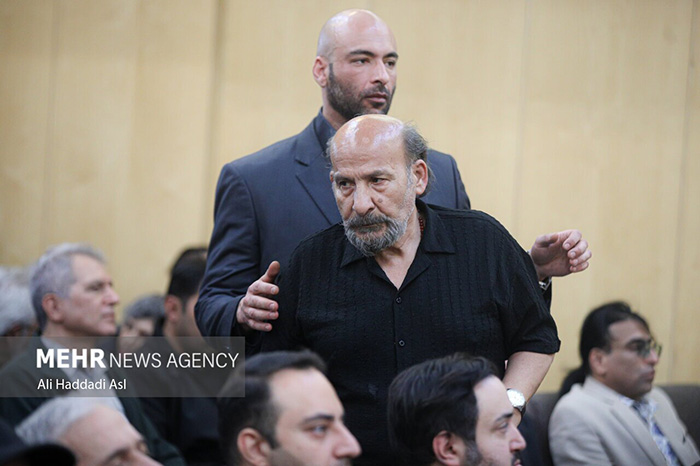Fereydoun Rahnema’s 1960 essay film Persepolis is constructed as a lyrical portrayal of the most iconic archaeological site in contemporary Iran, the ceremonial capital of the Persian Achaemenid Empire (550–330 BCE). Persepolis is drenched in a sense of historical loss and grief. The destruction of the palace, which the voice-over declares was once a garden, is evoked through the imagery, music, and sound. The scale of ruin is expansive. Not naming the invading army responsible, adding so subtly yet another shade to the film’s overall ambiance of ambiguity, the tragedy of destruction is instilled into all of Iranian history, if not into all history.
